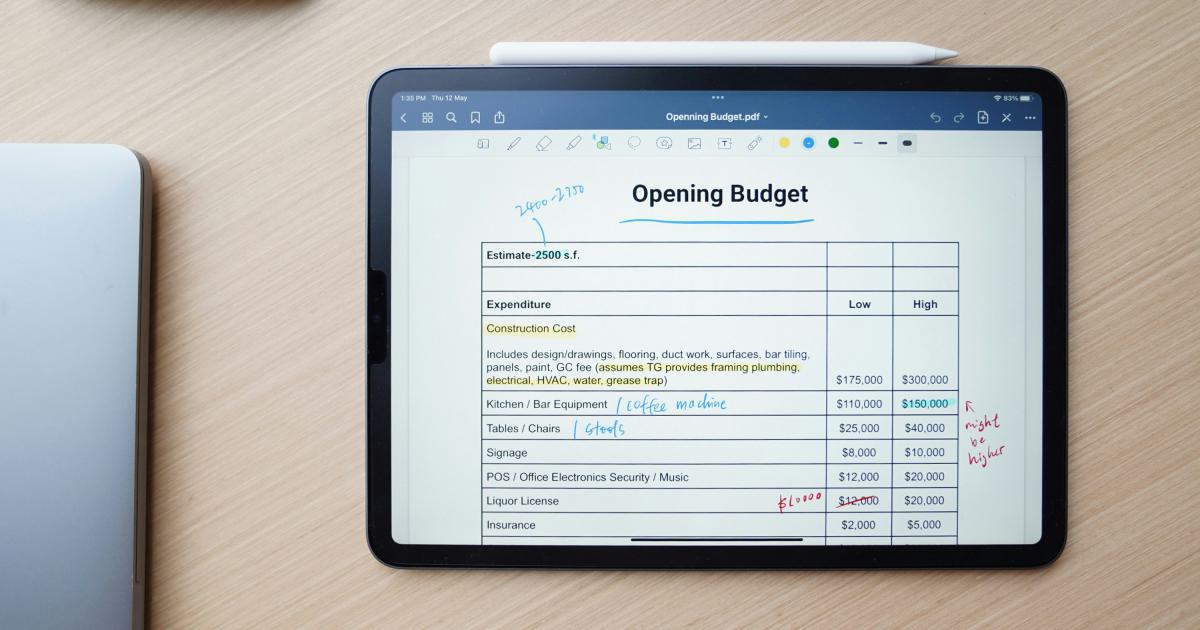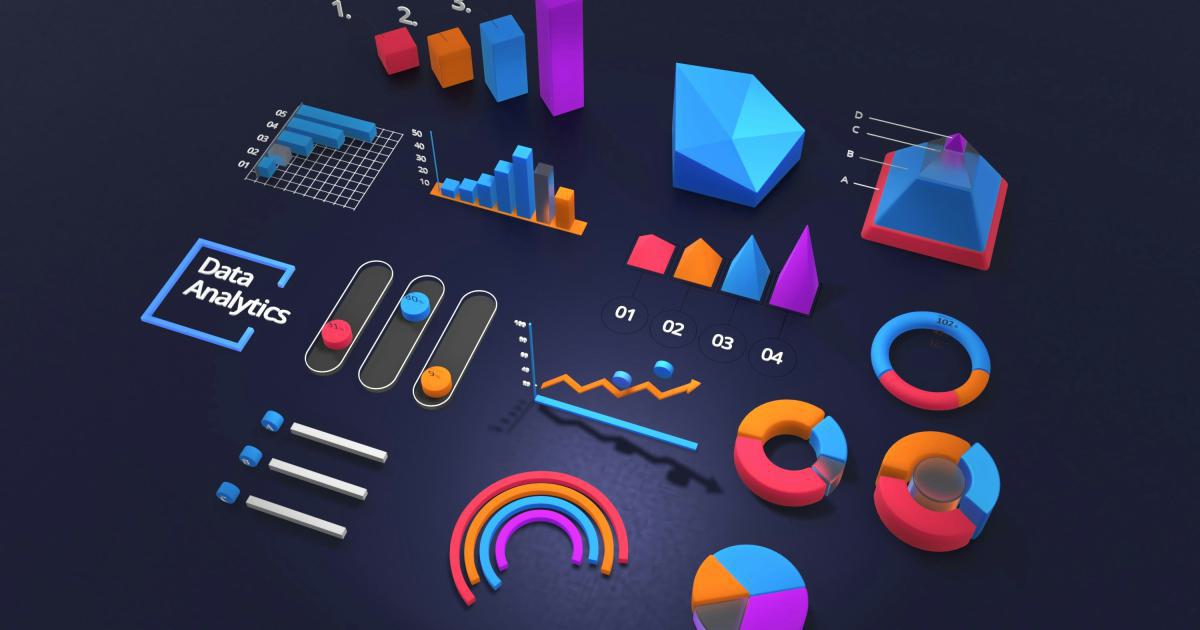Where Does Crawl Budget Optimization Fit SEO Strategy?


Understanding Crawl Budget and its Importance
Crawl budget optimization is a crucial component of any comprehensive SEO (Search Engine Optimization) strategy. It refers to the process of ensuring that search engine crawlers can efficiently navigate and index a website's content, ultimately improving its visibility and performance in search results.

The crawl budget is the amount of time and resources a search engine, such as Google, allocates to crawling and indexing a website's pages. This budget is finite and varies depending on factors like the website's size, content quality, and overall authority. Optimizing the crawl budget ensures that the most important and valuable pages on a website are crawled and indexed regularly, while limiting the resources spent on less essential or lower-quality content.
Factors Affecting Crawl Budget
Several factors can influence a website's crawl budget, including:
Website Size: Larger websites with more pages typically have a higher crawl budget, as search engines need to allocate more resources to crawling and indexing all the content.
Content Quality: Search engines prioritize high-quality, relevant, and up-to-date content when allocating crawl budget. Websites with a strong focus on content quality and optimization are more likely to receive a higher crawl budget.
Website Authority: Websites with a strong online presence, backlink profile, and domain authority tend to have a higher crawl budget, as search engines view them as more important and trustworthy.
Technical Factors: Issues like broken links, duplicate content, and poor website architecture can negatively impact a website's crawl budget, as search engines may need to spend more time and resources navigating and understanding the site.
Crawl Frequency: Search engines typically crawl high-priority and frequently updated pages more often, while less important or static pages may be crawled less frequently.

Optimizing the crawl budget is essential for ensuring that search engines can efficiently access and index a website's content, which in turn can improve its visibility and rankings in search results.
Aligning Crawl Budget Optimization with SEO Strategy
Crawl budget optimization should be a vital component of a comprehensive SEO strategy, as it can have a significant impact on a website's overall performance and visibility in search engines.
Identifying High-Priority Content
The first step in aligning crawl budget optimization with your SEO strategy is to identify the most important and high-priority content on your website. This includes pages that are:
Driving the Most Traffic: Analyze your website's analytics to determine which pages are receiving the most organic traffic and engagement.
Generating the Most Conversions: Identify the pages that are contributing the most to your website's overall business goals, such as driving leads, sales, or other desired actions.
Frequently Updated: Pages that are regularly updated with new, relevant content are more likely to be considered important by search engines.
Highly Linked: Pages with a strong internal and external linking profile are often seen as more valuable by search engines.

By prioritizing these high-value pages, you can ensure that your crawl budget is focused on the content that matters most to your users and search engines.
Optimizing for Efficient Crawling and Indexing
Once you've identified your high-priority content, the next step is to optimize your website for efficient crawling and indexing. This includes:
Improving Site Architecture: Ensure that your website's navigation and internal linking structure are clear and intuitive, making it easy for search engine crawlers to navigate and understand the relationships between pages.
Eliminating Crawl Blockers: Identify and fix any technical issues, such as broken links, duplicate content, or pages with "noindex" tags, that may be preventing search engines from efficiently crawling and indexing your content.
Prioritizing Crawl Frequency: Work with search engines to increase the crawl frequency for your most important pages, ensuring that they are regularly indexed and updated in search results.
Leveraging Sitemaps and Robots.txt: Use sitemaps and the robots.txt file to provide search engines with clear instructions on which pages should be crawled and indexed, and which ones should be excluded.
Monitoring and Adjusting: Continuously monitor your website's crawl performance and make adjustments as needed to ensure that your crawl budget is being used efficiently.

By implementing these optimization strategies, you can help search engines better understand and prioritize your website's content, leading to improved visibility and performance in search results.
Integrating Crawl Budget Optimization into Your SEO Workflow
Crawl budget optimization should be an integral part of your overall SEO workflow, with regular monitoring and adjustments to ensure optimal performance.
Conducting Regular Crawl Budget Audits
Periodically performing a crawl budget audit can help you identify areas for improvement and ensure that your website is being efficiently crawled and indexed. This process typically involves:
Analyzing Crawl Data: Review your website's crawl data, such as the number of pages crawled, the time spent crawling, and any errors or issues encountered.
Identifying Inefficiencies: Look for areas where the crawl budget may be being wasted, such as low-priority pages, content duplicates, or technical issues.
Prioritizing Optimization Efforts: Based on the audit findings, develop a plan to address the most pressing crawl budget optimization needs, starting with the highest-impact areas.

Integrating Crawl Budget Optimization into Your Content Strategy
Your content strategy should also consider the impact of crawl budget optimization. This includes:
Focusing on High-Value Content: Ensure that your content creation and publication efforts are focused on the most important and valuable pages, rather than low-priority or redundant content.
Streamlining Content Updates: Develop a process for quickly and efficiently updating your high-priority content, ensuring that it remains relevant and optimized for search engines.
Leveraging Structured Data: Utilize schema markup and other structured data formats to help search engines better understand and prioritize your website's content.

Monitoring and Adjusting Crawl Budget Optimization
Continuous monitoring and adjustments are essential for maintaining optimal crawl budget utilization. This includes:
Tracking Crawl Performance: Regularly monitor your website's crawl data, looking for changes in the number of pages crawled, crawl errors, and other metrics that may indicate a need for optimization.
Analyzing Trends and Patterns: Look for trends and patterns in your crawl data, such as seasonal fluctuations or changes in crawler behavior, and adjust your optimization strategies accordingly.
Implementing Corrective Actions: If you identify areas where the crawl budget is not being used efficiently, take immediate action to address the issues and improve performance.

By integrating crawl budget optimization into your overall SEO workflow, you can ensure that your website's most valuable content is consistently and efficiently crawled and indexed by search engines, leading to improved visibility and performance in search results.
Crawl Budget Optimization Strategies and Techniques
Implementing effective crawl budget optimization strategies and techniques is crucial for ensuring that your website's content is effectively discovered and indexed by search engines.
Optimizing Website Structure and Navigation
One of the most critical aspects of crawl budget optimization is ensuring that your website's structure and navigation are well-organized and intuitive. This includes:
Streamlining Website Architecture: Simplify your website's navigation and internal linking structure to make it easier for search engines to crawl and understand the relationships between pages.
Prioritizing Essential Pages: Identify and optimize the most important pages on your website, ensuring that they are easily accessible and receive the highest priority in the crawl budget.
Minimizing Unnecessary Pages: Regularly review and remove any low-quality, outdated, or redundant pages that may be consuming valuable crawl budget.

Addressing Technical SEO Issues
Resolving technical SEO issues is another crucial component of crawl budget optimization. This includes:
Fixing Broken Links: Identify and address any broken internal or external links that may be preventing search engines from efficiently crawling your website.
Eliminating Duplicate Content: Identify and consolidate any duplicate content on your website, as this can confuse search engines and lead to inefficient crawling.
Optimizing Robots.txt and Sitemaps: Ensure that your robots.txt file and XML sitemaps are configured correctly, providing clear instructions to search engines on which pages should be crawled and indexed.
Improving Page Load Speed: Optimize your website's technical performance, such as image optimization and minification of code, to ensure that pages load quickly and efficiently.

Leveraging Content Optimization Strategies
Content optimization is another key aspect of crawl budget optimization. This includes:
Creating High-Quality, Relevant Content: Focus on producing valuable, informative, and engaging content that is relevant to your target audience and search intent.
Updating Content Regularly: Ensure that your high-priority pages are regularly updated with fresh, relevant content to maintain their relevance and importance in the eyes of search engines.
Utilizing Structured Data: Implement schema markup and other structured data formats to help search engines better understand and prioritize your website's content.

Monitoring and Adjusting Crawl Budget Optimization
Continuous monitoring and adjustment of your crawl budget optimization efforts are essential for maintaining optimal performance. This includes:
Analyzing Crawl Data: Regularly review your website's crawl data, looking for patterns, trends, and areas for improvement.
Identifying Optimization Opportunities: Use the insights gained from your crawl data analysis to identify new opportunities for optimizing your website's crawl budget.
Implementing Corrective Actions: Quickly address any issues or inefficiencies that are identified, ensuring that your website's crawl budget is being used as effectively as possible.

By implementing these crawl budget optimization strategies and techniques, you can ensure that your website's most valuable content is consistently and efficiently crawled and indexed by search engines, leading to improved visibility and performance in search results.
The Impact of Crawl Budget Optimization on SEO Performance
Effective crawl budget optimization can have a significant impact on a website's overall SEO performance and visibility in search results.
Improved Indexation and Visibility
When a search engine's crawl budget is used efficiently, it can result in more of a website's pages being indexed and made available in search results. This can lead to:
Increased Organic Traffic: With more pages indexed, there is a greater opportunity for users to discover and engage with your website's content through organic search.
Better Rankings: Search engines are more likely to rank pages that are regularly crawled and indexed, as they are seen as more current and relevant.
Enhanced Brand Awareness: Improved visibility in search results can help to increase brand awareness and recognition among potential customers.

Enhanced User Experience
Crawl budget optimization can also have a positive impact on the user experience of a website. By ensuring that the most important and valuable content is consistently crawled and indexed, users are more likely to find the information they need quickly and easily.
Faster Page Load Times: Optimizing the crawl budget can lead to faster page load times, as search engines are able to efficiently access and index the website's content.
Seamless Navigation: A well-organized website structure and intuitive navigation can make it easier for users to find the information they're looking for, improving their overall experience.
Relevant and Up-to-Date Content: Regularly updating and optimizing high-priority content can ensure that users are presented with the most relevant and up-to-date information.

Improved Return on Investment (ROI)
By optimizing a website's crawl budget, businesses can see a tangible return on their investment in SEO. This can include:
Increased Conversions: With more pages indexed and higher visibility in search results, a website is more likely to attract qualified traffic and drive more conversions, such as sales, leads, or other desired actions.
Reduced Marketing Costs: Effective crawl budget optimization can lead to a higher return on investment for a business's overall marketing efforts, as they are able to achieve better results with their existing resources.
Long-Term Sustainability: By maintaining a well-optimized crawl budget, businesses can ensure the long-term sustainability of their SEO efforts, as their content continues to be efficiently discovered and indexed by search engines.

Overall, the impact of crawl budget optimization on a website's SEO performance can be significant, leading to improved indexation, visibility, user experience, and return on investment. By making crawl budget optimization a key component of your SEO strategy, you can position your website for long-term success in search engine results.